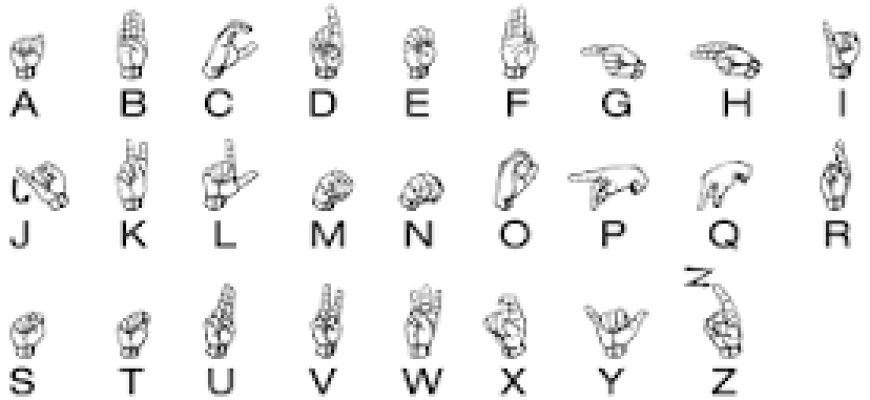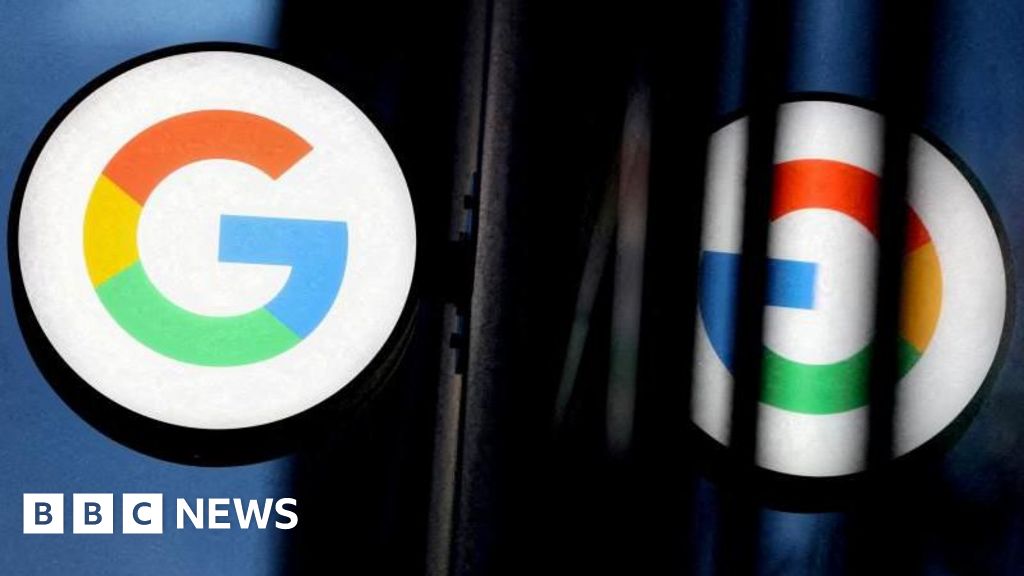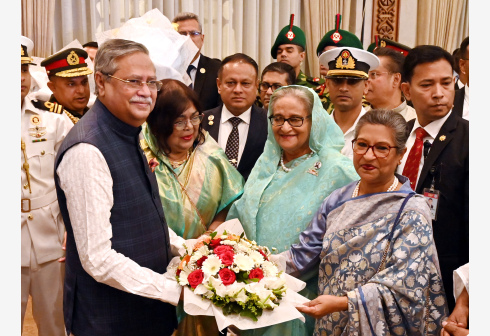Tactile signing takes over sign language

Nairobi,
Thursday, September 28, 2023
KNA By William Inganga
The Kenyan Sign Language (KSL) is heavily dependent on visuals. It caters for the communication needs of the deaf. But for persons who live with deaf-blindness, the visuals are switched off. Tactile signing takes over.
Sharon Kendi is from Meru County. She was trained as a teacher at Meru Teachers Collage from 2018-2020. She graduated with a certificate in primary education. The Teacher’s Service Commission has not yet employed her. She’s been pursuing special needs education at the Kenya Institute of Special Education (KISE). She hopes to specialize in deaf-blind education.
She first heard of deaf-blind learners when she enrolled at KISE. But for a while, she imagined that the deaf-blind were two different individuals. "I thought I would be first trained in deaf and then blind and thereafter choose which one to specialize in," she said.
She has since come to learn that deaf-blindness is found in one person. She is interested in knowing more about children affected by dual sensory impairment to explore how best to contribute to their education.
Her enrollment at KISE was propelled by her passion for people with disabilities. Even though she's not yet quite conversant with KSL, this did not deter her from enrolling for tactile signing, which is a unique mode of communication.
“The fact that it involves two people and that touch is involved makes it fascinating,” she said.
There are different categories of deaf-blindness. The Head of Department, hearing impaired and communication difficulties at KISE, Dr. Nelius Maina says, “If a person was born deaf and blind we refer to that person as congenitally deaf-blind. For such a person we require tactual signing.”
On the other hand, people who were not born deaf but would see and then began progressively turning blind, “We refer to them as congenitally and adventitiously blind,” she said.
Such a person used to sign the normal way and may have some residual signs. “The person can use signing and the residual vision can be used to see a few things within the environment,” Dr. Maina said.
One of Kendi’s tactile signing lecturers is Johnstone Lubanga. He’s an alumnus of KISE, where he was from 2006 to 2008. He was trained in the area of deaf-blindness education. His work entails teaching students who are trained P1 teachers.
For learners who can neither see nor hear, their other three senses—touch, smell and taste become more enhanced. “At KISE we have the skills to provide sensory input and output to learners with the dual deaf-blindness impairment,” said Lubanga.
He emphasizes how important sign language is to a learner with deaf-blindness, "Our students are first taught Kenya Sign Language," he says. "They then make some modifications to the signs taught for them to apply to students with deaf-blindness."
Lubanga says that tactile sign language is made specific to each learner. “Learners use different types of touches because each learner has a unique type of touch,” he said.
Persons who were born blind but their hearing faculty was alive, were benefitting from spoken language before their disability set in. Tactile signing comes in handy for them.
In as much as the use of the hands is vital in tactile communication, Lubanga said, "We use nearly all parts of the body."
Lubanga does rounds in class as he supervises his students practically performing signs on the hands of their classmates whose eyes are closed.
The instructor looks at deaf-blindness as an area in education that is underutilized. “It hasn’t been given adequate attention by the republic,” he said. “Not many people are trained in it. We lack the skills and this is why we have borrowed these skills from developed countries.”
“The assortment of devices required to enhance learning is costly. This constrains institutions’ ability to acquire adequate facilities. Subsequently, the dissemination of knowledge is slowed,” Lubanga noted.
He is concerned that some parents or guardians neglect s deaf-blind learners and this leads to more handicaps.
Kendi anticipates that it will be rather difficult to communicate with a deaf-blind person who has no idea of the English alphabetical signs from A-Z. "Once the alphabet is mastered, other concepts will be easy," she said, adding, "The numerals are a bit easier than the alphabetical signs."
Kendi's training is two years. At the time of meeting her, she had completed one year. After the two years, she'd go for teaching practice. "I hope to be posted to a deaf-blind school such as in Kabarnet, Kilimani, Kwale or Kitui unit for the deaf-blind," she said.
Five schools in Kenya offer basic education to deaf-blind children. Apart from the four schools Kendi has mentioned, the other one is Maseno.
Vocational schools are four including Kwale, Kerugoya, Sikri and Mumias Secondary School for the deaf.
Courtesy; KNA
What's Your Reaction?


































































































































































































































































































